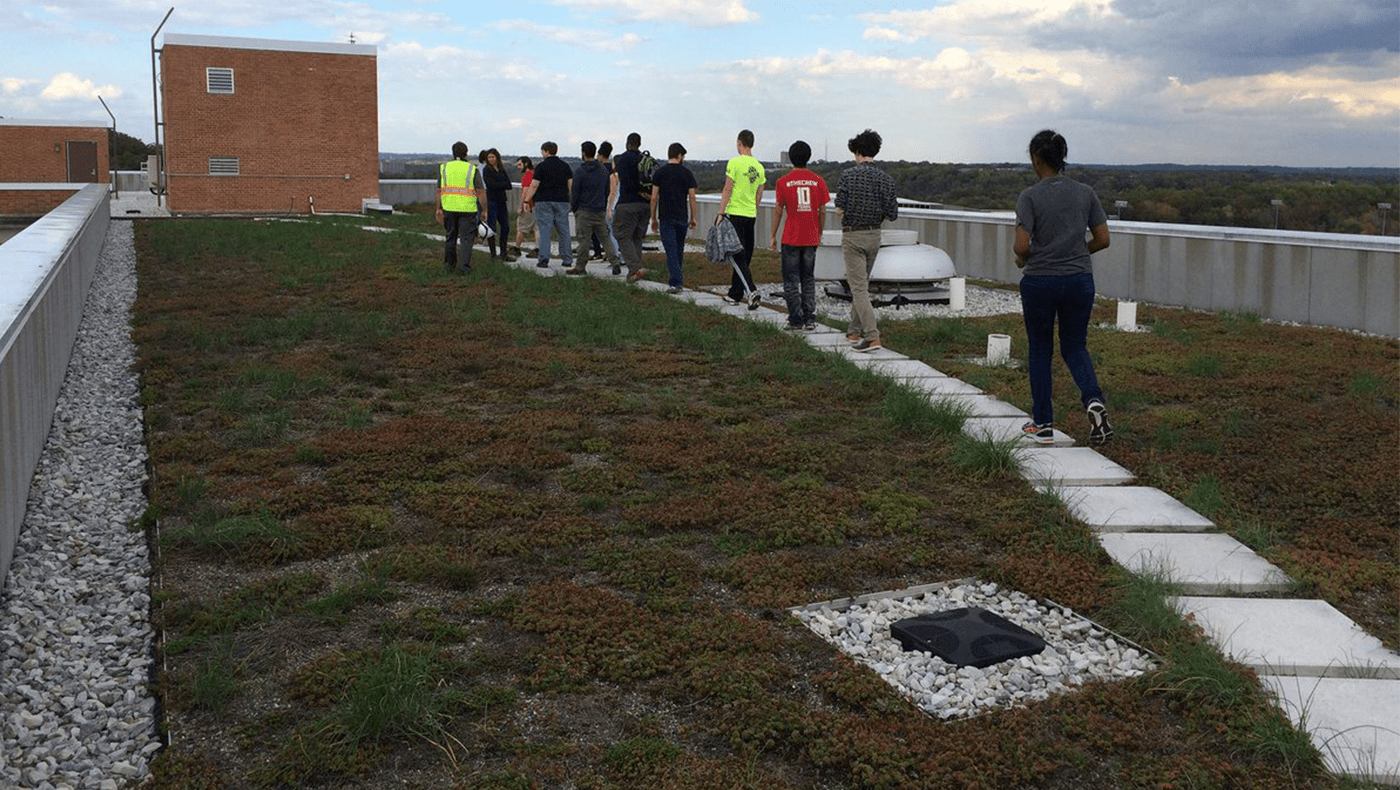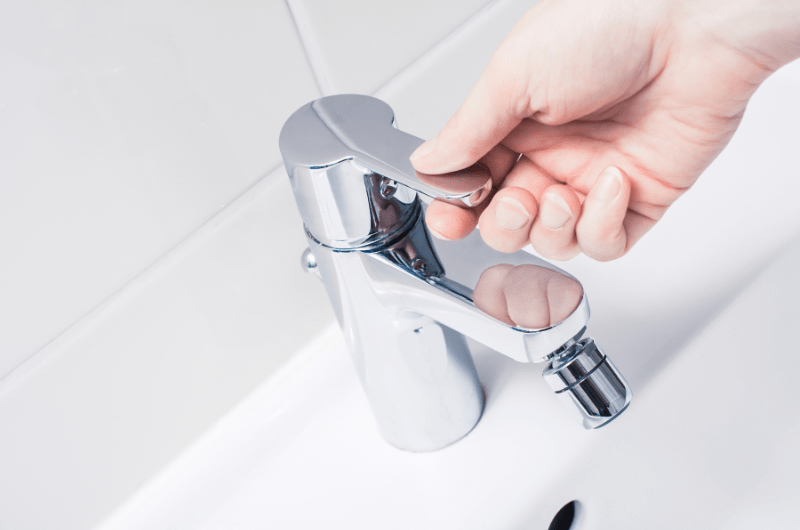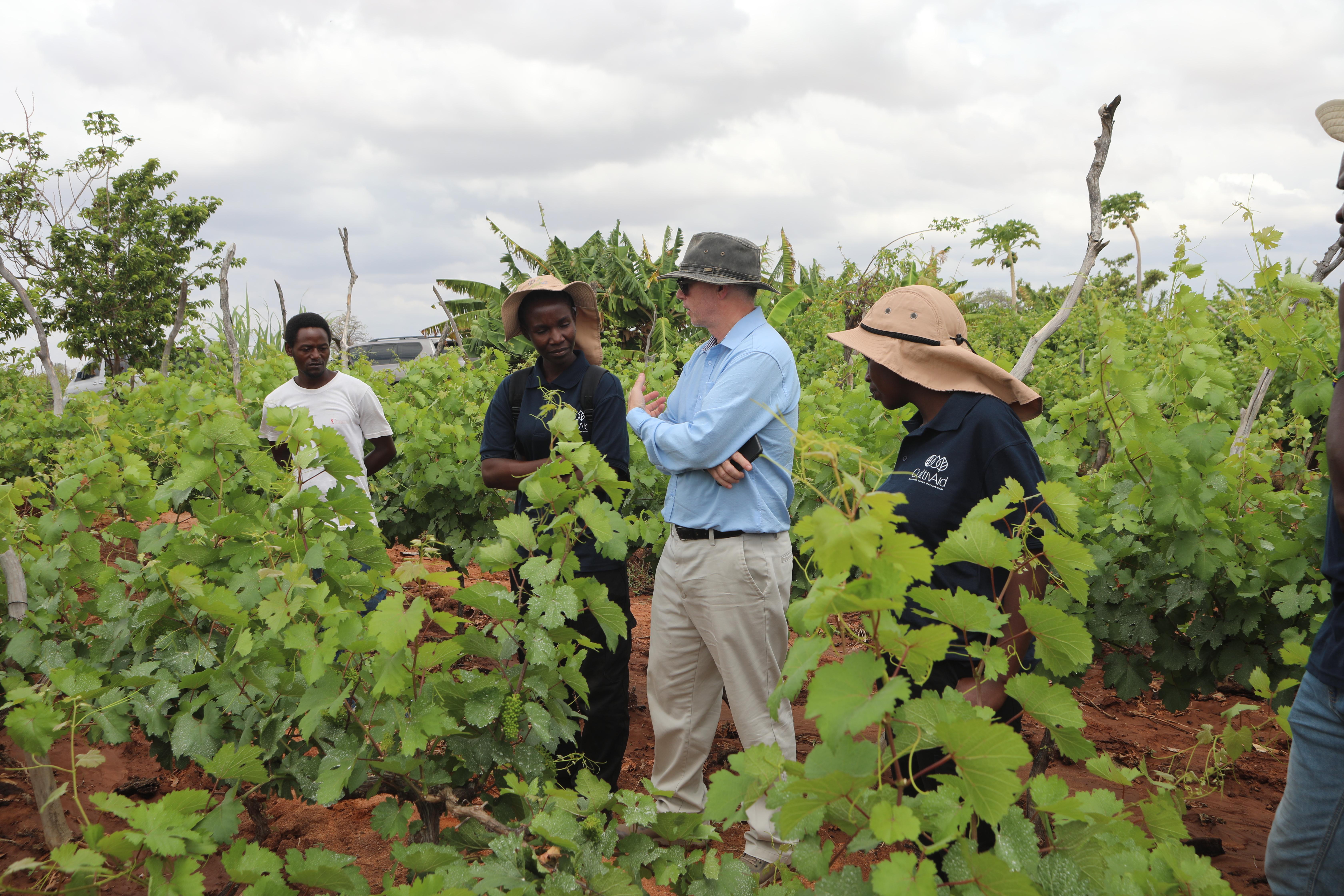
Sustainable Water Systems
Storms are predicted to worsen as an effect of climate change. UMD aims to protect the Chesapeake Bay and local water resources through stormwater management, conservation, and innovative education and research. We are also committed to reducing our water footprint through high efficiency, low-input systems.
Through stormwater management, we can prevent water pollution and nutrient overloading. Through rainwater collection, treatment, and reuse, we can reduce flooding and help our regional water systems while also conserving water. In all, UMD can conserve clean and healthy water resources for future generations.

Campus Commitments
Supporting sustainable water management on campus
The University of Maryland’s is committed to protect and restore water resources, through the following actions
- Protect the Chesapeake Bay and local waterways from pollution through strong stormwater management and remediation actions.
- Conserve potable (drinkable) water resources while also reducing on-campus flooding by collecting and reusing rainwater.
- Reduce overall water consumption through efficient technology, green landscaping, and education.
Stormwater Compliance: Strictly regulated by state and federal legislation, UMD’s Department of Environmental Safety, Sustainability, and Risk oversees three stormwater and water quality permits for main campus. The department generally aims to prevent stormwater pollution, partnering with UMD’s Facilities Management, the Maryland Department of Natural Resources, and Maryland Department of the Environment to protect the region’s waterways.
Stormwater Facilities: UMD’s Facilities Management designs and implements projects to mitigate the impact of new development— for example, buildings and new paved areas— on our watershed and local waterways. When areas are paved over, water flows away quickly, allowing it to absorb into the ecosystem. This causes erosion, flash flooding, nutrient overloading in water systems, and generally murky, polluted waters. The campus has invested in many projects that reduce water consumption and manage stormwater to prevent watershed pollution, including:
Water Conservation: UMD is one of the largest consumers of potable water in the State, so water conservation is essential to reduce utility costs and minimize stress on regional infrastructure. By adopting water-efficient operations, appliances, and equipment, departments across campus are working to reduce their potable water consumption. The campus has invested in efficient updates such as low-flow toilets, showers, faucets, and moisture sensors on irrigated fields. These efforts have reduced water consumption over the last decade compared to growth in campus population and buildings.
Opportunities
Contribute to the protection and conservation of clean water

Conserve Water
Conserving water is more important than ever as the United Nations predicts 30% of the global population will face water scarcity by 2025. For example, turning off the tap for 2 to 3 minutes can save 6 to 12 gallons a day and that adds up across campus- with thousands of students, faculty and staff who have committed to adopt daily sustainable actions. Join the Green Terp, Green Chapter or Green Office program to learn about water conservation, commit sustainable choices, and connect with sustainability networks.
Refillable Water Stations
Cold filtered water easily pours right into your reusable water bottle at over 100 water bottle filling stations around campus. Join us in reducing waste and subsequent pollution generated from millions of disposable plastic water bottles.


